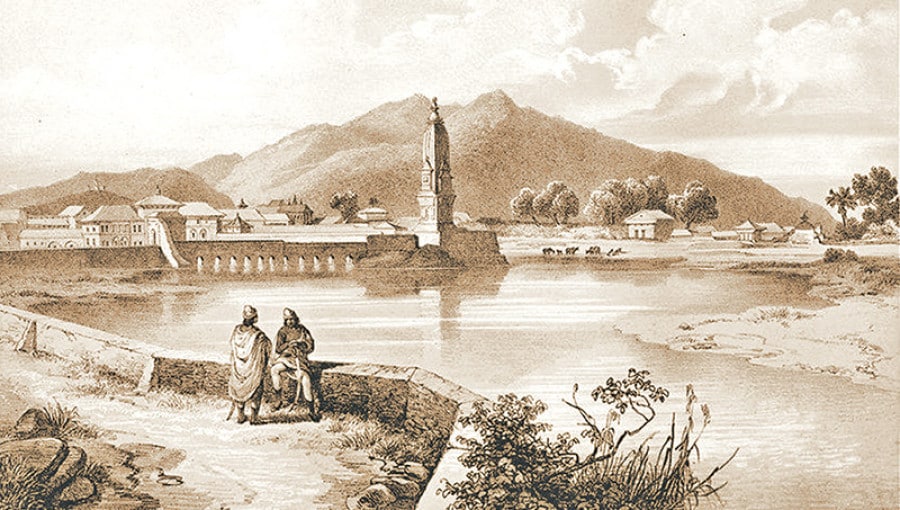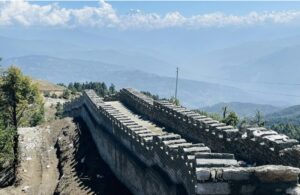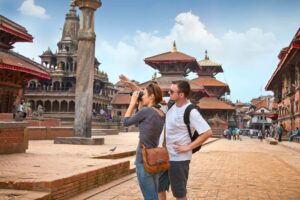
Kathmandu, the capital city of Nepal, is a city that is steeped in history and culture. The city’s history dates back to the 1st century AD, and it has been a hub of culture, trade, and politics for centuries. The city is home to several historical sites, temples, and monuments that reflect its rich history and cultural heritage.
The ancient history of Kathmandu is shrouded in mystery, as there are few written records from the early period. However, archaeological evidence suggests that the Kathmandu Valley was inhabited as early as the 1st century AD, during the Kirat period. The Kirats were one of the earliest recorded inhabitants of the valley, and they were followed by the Licchavis, who established their capital in Kathmandu in the 4th century AD.
During the Licchavi period, Kathmandu was an important center of trade and culture, and it played a crucial role in spreading Buddhism throughout the region. The Licchavi period saw the construction of several temples and monuments, including the Swayambhunath Stupa and the Pashupatinath Temple, which are still standing today.
In the 12th century, the Malla dynasty came to power in Kathmandu, and they ruled the valley for several centuries. The Malla period was a time of great prosperity and cultural growth, and Kathmandu became a center of art, literature, and architecture. During this time, several temples and palaces were built, including the Hanuman Dhoka Palace and the Krishna Mandir.
In the 18th century, Kathmandu came under the control of the Gorkha Kingdom, and it became the capital of the unified Nepal in 1768. During the reign of King Prithvi Narayan Shah, the city underwent significant changes, with the construction of several important buildings and monuments, including the Taleju Temple and the Narayanhiti Palace.
In the 19th and 20th centuries, Kathmandu continued to grow and develop, with the construction of several modern buildings and infrastructure projects. The city also played an important role in the struggle for democracy in Nepal, with several key political movements and protests taking place in Kathmandu.
Today, Kathmandu is a vibrant and bustling city, with a rich cultural heritage and a vibrant modern economy. The city is home to several important institutions, including the Nepal Stock Exchange and the Tribhuvan International Airport. Kathmandu is also a popular tourist destination, with millions of visitors coming to see its temples, palaces, and monuments each year.
In conclusion, Kathmandu is a city with a rich and fascinating history, dating back to the 1st century AD. Over the centuries, the city has been a center of trade, culture, and politics, and it has played a crucial role in shaping the history of Nepal. Today, Kathmandu is a thriving city, with a rich cultural heritage and a vibrant modern economy, and it remains an important hub of culture, trade, and tourism in South Asia.
Related:



